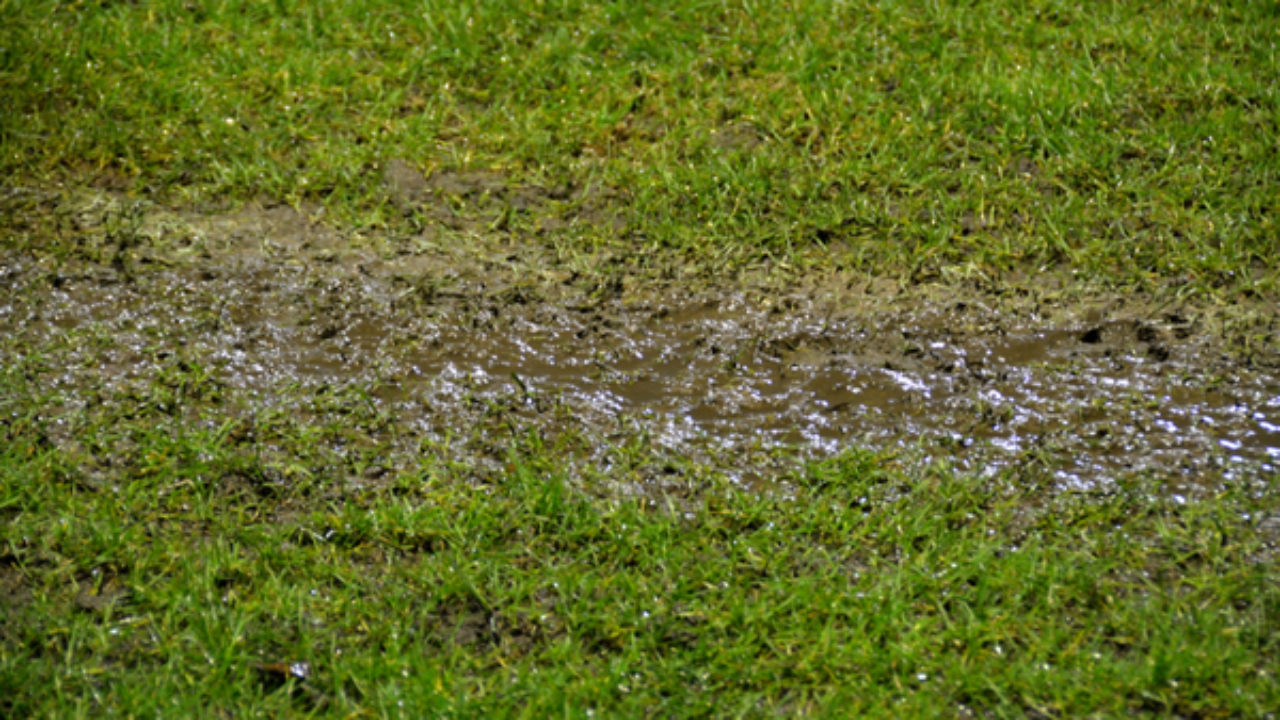Listed here down the page you might get some exceptional data related to Locating water leaks.

Early discovery of leaking water lines can reduce a possible disaster. Some small water leakages might not be visible.
1. Examine the Water Meter
Every house has a water meter. Checking it is a surefire manner in which assists you discover leaks. For beginners, shut off all the water sources. Ensure no person will flush, make use of the faucet, shower, run the cleaning maker or dishwashing machine. From there, go to the meter and also watch if it will transform. Because no person is using it, there must be no movements. That indicates a fast-moving leak if it relocates. Likewise, if you spot no changes, wait a hr or 2 and inspect back once more. This implies you may have a slow-moving leak that can even be underground.
2. Check Water Intake
Examine your water costs and also track your water usage. As the one paying it, you must see if there are any inconsistencies. If you identify sudden changes, regardless of your intake coinciding, it means that you have leakages in your plumbing system. Bear in mind, your water bill need to fall under the very same variety monthly. An abrupt spike in your bill suggests a fast-moving leak.
On the other hand, a steady boost monthly, even with the exact same practices, reveals you have a sluggish leakage that's also gradually intensifying. Call a plumber to extensively inspect your building, specifically if you really feel a cozy area on your flooring with piping underneath.
3. Do a Food Coloring Test
When it comes to water usage, 30% comes from toilets. If the shade somehow infiltrates your bowl throughout that time without flushing, there's a leak in between the storage tank and dish.
4. Asses Exterior Lines
Do not fail to remember to examine your outside water lines as well. Test faucets by attaching a garden hose. Must water permeate out of the connection, you have a loosened rubber gasket. Change this and also make certain all links are tight. It will help get it skillfully checked out and maintained annually if you have actually obtained a sprinkler system. One little leakage can squander tons of water as well as spike your water costs.
5. Analyze the scenario and also evaluate
Home owners should make it a routine to inspect under the sink counters as well as also inside cabinets for any bad odor or mold and mildew growth. These two warnings indicate a leakage so prompt interest is called for. Doing routine inspections, even bi-annually, can conserve you from a significant problem.
Examine for stainings as well as weakening as a lot of devices as well as pipelines have a life expectancy. If you think dripping water lines in your plumbing system, do not wait for it to escalate.
Early detection of dripping water lines can reduce a potential catastrophe. Some little water leakages may not be visible. Inspecting it is a proven way that assists you find leakages. One little leakage can throw away loads of water as well as surge your water expense.
If you presume leaking water lines in your plumbing system, don't wait for it to intensify.
WARNING SIGNS OF WATER LEAKAGE BEHIND THE WALL
PERSISTENT MUSTY ODORS
As water slowly drips from a leaky pipe inside the wall, flooring and sheetrock stay damp and develop an odor similar to wet cardboard. It generates a musty smell that can help you find hidden leaks.
MOLD IN UNUSUAL AREAS
Mold usually grows in wet areas like kitchens, baths and laundry rooms. If you spot the stuff on walls or baseboards in other rooms of the house, it’s a good indicator of undetected water leaks.
STAINS THAT GROW
When mold thrives around a leaky pipe, it sometimes takes hold on the inside surface of the affected wall. A growing stain on otherwise clean sheetrock is often your sign of a hidden plumbing problem.
PEELING OR BUBBLING WALLPAPER / PAINT
This clue is easy to miss in rooms that don’t get much use. When you see wallpaper separating along seams or paint bubbling or flaking off the wall, blame sheetrock that stays wet because of an undetected leak.
BUCKLED CEILINGS AND STAINED FLOORS
If ceilings or floors in bathrooms, kitchens or laundry areas develop structural problems, don’t rule out constant damp inside the walls. Wet sheetrock can affect adjacent framing, flooring and ceilings.
https://www.servicemasterbyzaba.com/blog/how-to-detect-water-leakage-in-walls/

Hopefully you enjoyed our piece on Leaking water lines. Thanks a lot for taking a few minutes to read our blog. Do you know another individual who is in to the topic? Take a moment to promote it. Bless you for your time. Come back soon.